Thinking about Thinking
May 18, 2016 - 8 minutes readTHINKING ABOUT THINKING
by Judy Duncan
Education systems are being transformed to ensure students are prepared for our changing world. As an educator I am immersed in the learning at our school, constantly rethinking how we are supporting our students and preparing them to be successful. What I continually ask myself is, ‘How are we empowering our students and what else could we be doing to equip them for our changing world?’ This is an important question and interestingly, I always come back to the notion of ‘metacognition’.
What is metacognition?
Metacognition is simply the process of thinking about our own thinking and learning how we learn. It involves higher-level thinking skills such as those identified in Bloom’s Taxonomy. ‘Metacognition’ defined by Dictionary.com is, “higher-order thinking that enablesunderstanding, analysis, and control of one’s cognitive processes, especially when engaged inlearning.”
Why is ‘metacognition’ important?
With knowledge so easily accessible for our students through the use of technology, they must be able to ‘do’ something with information and apply or transfer this knowledge and their understanding to different contexts. Jobs in the future will demand people be capable problem-solvers. Students must understand how they learn and be able to adjust and adapt their thinking strategies when confronted with problem-solving tasks.
How is ‘metacognition’ being addressed in curriculum frameworks?
In my last blog, I referenced three curriculum models, one developed in British Columbia (BC), another from the Center for Curriculum Redesign (CCR), and the third from the International Baccalaureate Primary Years Programme (IB PYP). All three highlight the important role metacognition plays in the learning process.
BC: The redesigned curriculum includes three core competencies that all students need to develop in order to engage in deep learning and life-long learning. “The thinking competency encompasses the knowledge, skills and processes we associate with intellectual development…Thinking competence includes specific thinking skills as well as habits of mind, and metacognitive awareness.”
CCR: The framework developed by CCR includes ‘meta-learning’ as the fourth dimension that transcends the other three dimensions. “It supports and rounds out every other dimension of education (knowledge, skills, and character) by creating goals and feedback loops in which students continue to improve and thrive, without teachers or parents prodding them at every step.” (p. 154 Four-Dimensional Education by Fadel, Bialik, and Trilling).
B PYP: The ‘Approaches to Learning’ include different areas of skills that support learning across all disciplines. ‘Thinking skills’ includes dialectical thought and metacognition. In addition to skill development, the IB PYP model includes ‘Reflective’ as one of the Learner Profile traits. “We thoughtfully consider the world and our own ideas and experiences. We work to understand our strengths and weaknesses in order to support our learning and personal development.”
How are we promoting metacognition at West Bay?
Learning Conferences:
Each fall parents, students and teachers examine the five essential elements of the PYP (knowledge, concepts, skills, attitudes, and action) and develop learning goals together. Students need guidance and at times, dissuasion, from setting goals that are performance-related. Before we adopted gradeless report cards, I used to cringe at the ‘getting straight A’s’ goal! It is much easier now to focus on process-oriented goals that are attainable and relevant for the student. Discussion centres on what skills the child needs to develop in order to support his/her learning. Students are encouraged to monitor and reflect on their learning goals throughout the year.
Report Cards (Communicating Student Learning)
As previously mentioned, the documents for communicating student learning no longer include letter grades. All components of the redesigned curriculum are assessed. Students complete an articulation sheet for each IB Unit of Inquiry where they reflect on their progress within each of the five essential elements. These self-assessments reveal much about how students think and their ability to reflect on their learning.
Professional Development- Growth Mindset
Understanding the importance of fostering a growth mindset is key if we hope to motivate our students to improve and support them in reaching their goals. Last year we read and discussed Mindset by Carol Dweck at our Staff Book Club (pictured below). At last month’s staff meeting we revisited the notion of mindsets. We discussed strategies that encourage students to internalize a growth mindset and teachers shared how they acknowledge effort and encourage resilience. Our parents are keen on understanding the implications of growth and fixed mindsets and are hoping to host a parent education session this spring. Working together to help our children persevere through challenges, to shift their thinking from ‘I can’t’ to ‘I can try’, and to create a love of learning that will have a long-lasting impact is important.
Instructional Practices
Teachers use thinking strategies and graphic organizers to help students recognize the steps involved in thinking. They model their own thinking out loud to demonstrate the thinking process. Learning activities are provided to help students transfer their thinking from one context to another. Teachers strive to make thinking explicit and visible in classrooms and provide tasks that focus on the higher level thinking skills, including problem-solving and decision-making. Students are given on-going feedback and encouragement. Summative assessment tasks are designed to determine if students are able to apply their knowledge and understanding to real-world situations.
How are we empowering our students and what else could we be doing to equip them for our changing world?
Once again, I return to my initial question. Despite what we are currently doing to empower our students, we need to continue reflecting on our teaching similar to how we expect our students to reflect on their learning. As Charles Fadal (Founder and Chairman of the Center for Curriculum Redesign) stated at the 2016 FISA Conference, “students beg for relevance”. We must continue introducing modern knowledge to engage and prepare our students. Pictured below are students learning coding skills and being exposed to robotics by district teacher leader, Todd Ablett.
Coding and robotics are examples of providing ‘relevance’ for our students yet the hidden outcome is really developing metacognitive skills. Regardless of what knowledge is introduced to our learners, if the tasks demand students to be problem-solvers where they must continually apply and adjust their thinking strategies to overcome challenges, then we are indeed equipping them for our ever-changing world.
“The surest way to prepare students for a changing world is to give them the tools to be versatile, reflective, self-directed and self-reliant.” (p. 145 Four-Dimensional Education by Fadel, Bialik, and Trilling).
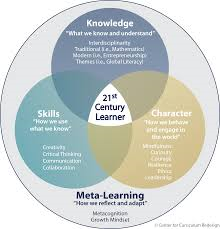
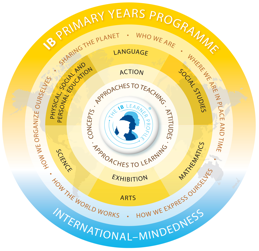
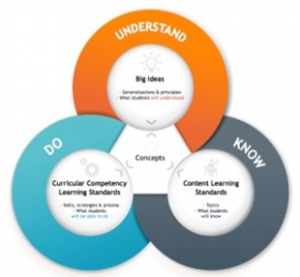
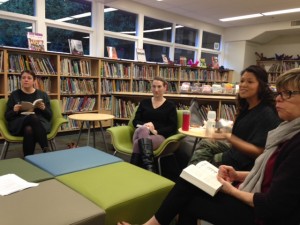
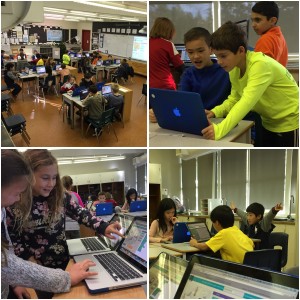
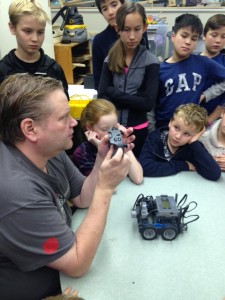
Recent Comments